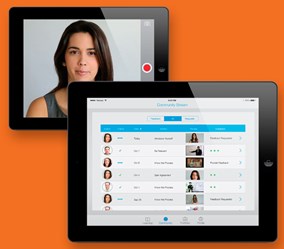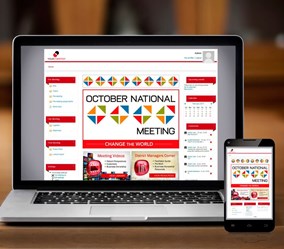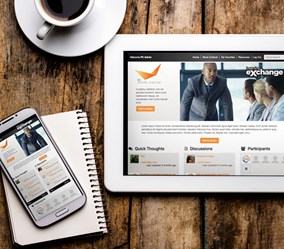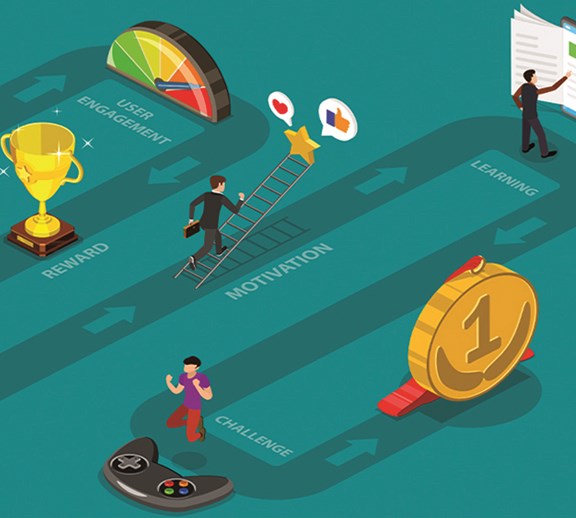What can you do to make learning less boring?
Scroll Down
GO FAST, GO SLOW.
All learning aspires to disseminate knowledge – even basic and boring PowerPoint presentations. Good learning also attempts to train people how to do something new. However, great learning also affects people’s attitudes and emotions as well as presents the “Know” and trains how to “Do”. In fact, great learning starts with attitudes and emotions. It starts with the “Feel”.
Nobel Laureate Daniel Kahneman’s lifetime of work in behavioural psychology informs us that people decide to change their attitudes based on their emotions the majority of the time.
People are predictably irrational. Behavioural economics studies show that we make decisions based on our emotions 77 percent of the time. While Simon Sinek’s great TED Talk and book, “Start with Why”, also informs us that if you get to the “Why” first – you’re dealing with the limbic part of the brain (the fast-brain) which is the seat of the emotions and decision-making. If you do that well, you actually increase the pathway to the neo-cortex (the slow-brain) where the complicated reasoning occurs.
Applying science to learning
We apply that science to learning. Starting with the “Why” and affecting the attitudes and emotions about your subject matter results in better learning and more behaviour change.
We call that “Fast-Brain Learning” because it engages the limbic brain—the fast-brain—first then weaves fast-brain principles in with the rational content.
Traditionally, the learning industry has focused on the rational; the hard facts, principles, and processes that need to be taught. As a whole, the industry is great at that. And as a whole, it’s boring… like eating broccoli.
On the other hand, pure fast-brain learning without the rationale side is like cotton candy. It’s quickly forgotten and it isn’t too long before you really don’t want anymore.
At BI WORLDWIDE Canada, we believe in bringing both the fast-brain and slow-brain approach to learning—but true to Simon Sinek’s research—the order is critical. We start with a fast-brain approach that engages the limbic brain; affecting emotions to change attitudes and prep the learner to learn better. Then we move onto the slow-brain content – preferably weaving in a smaller amount fast-brain engagement.
The diagram we use is shown below. We work from the top down. Most learning companies work from the bottom up and stop ¼ to ½ way up the pyramid – leaving a considerable amount of decision-making and behaviour change on the table.
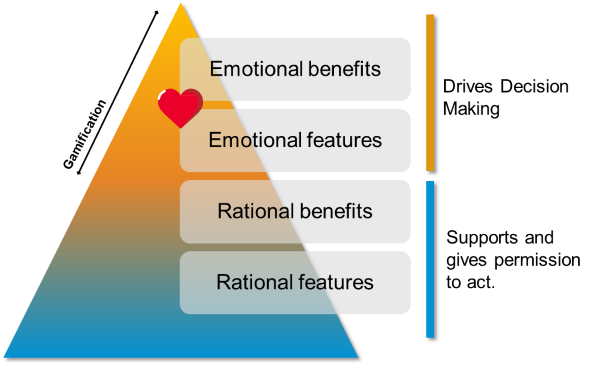
Conclusion
By changing the learner’s attitudes and emotions through Fast-Brain Learning techniques, it is possible to transform boring learning. BI WORLDWIDE Canada creates custom learning solutions that affect what people know, how they feel, and what they do — to inspire, measure, and sustain behaviour change.
Contact us to see how we can bring more behaviour change to your learning needs.
The best way to get started is to get in touch.


